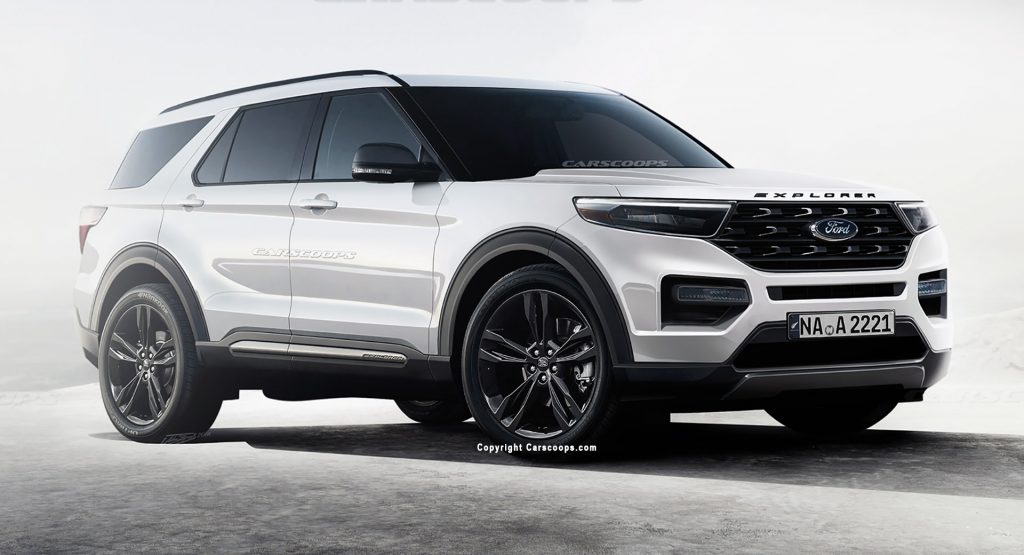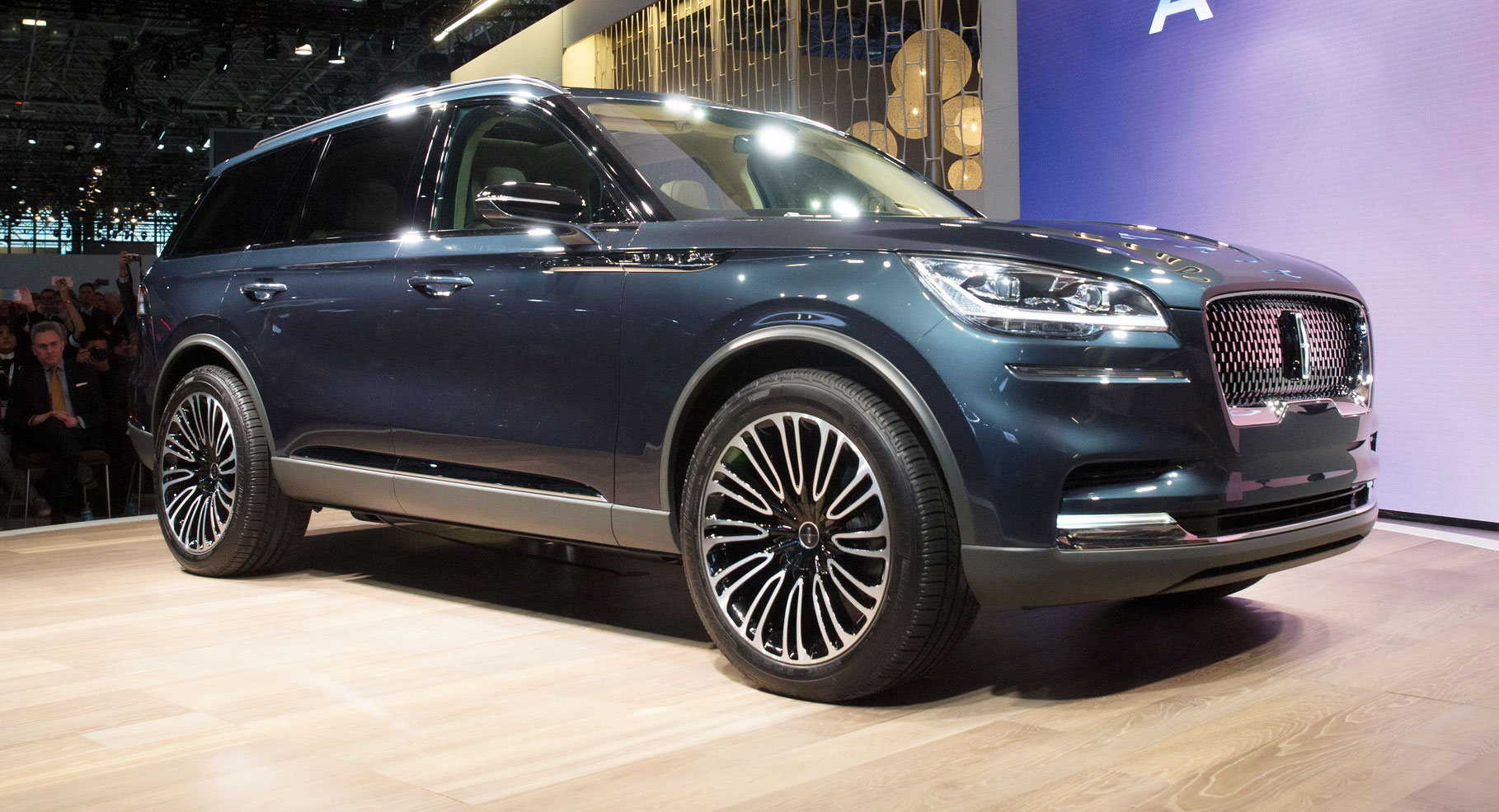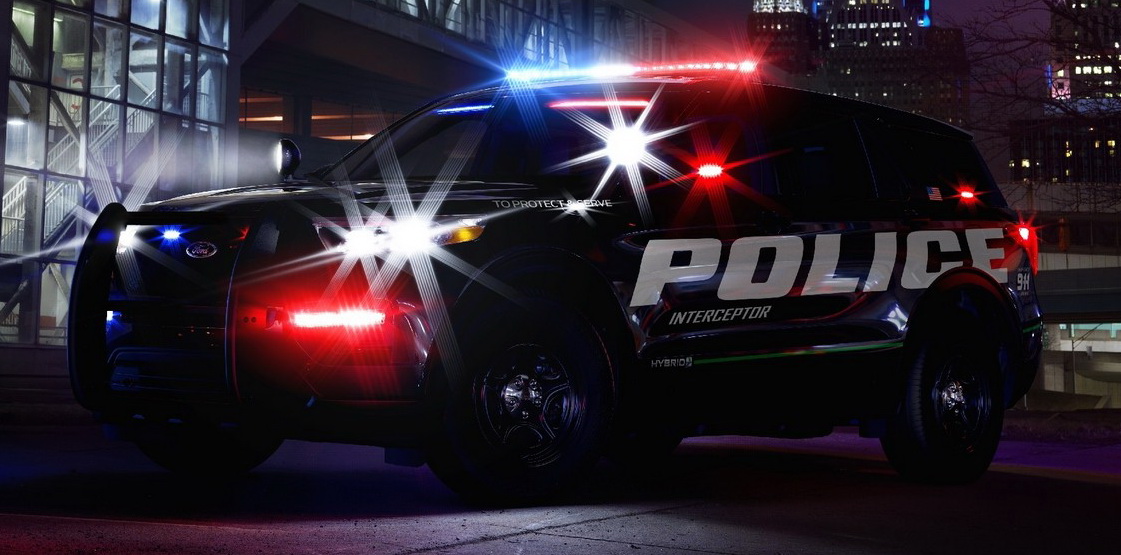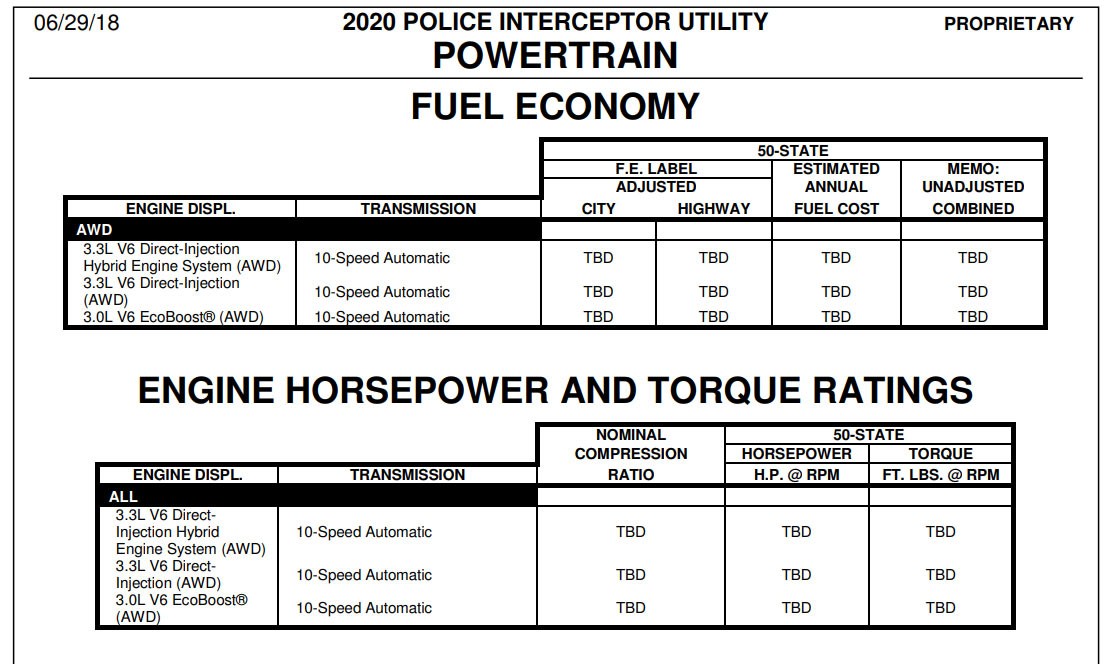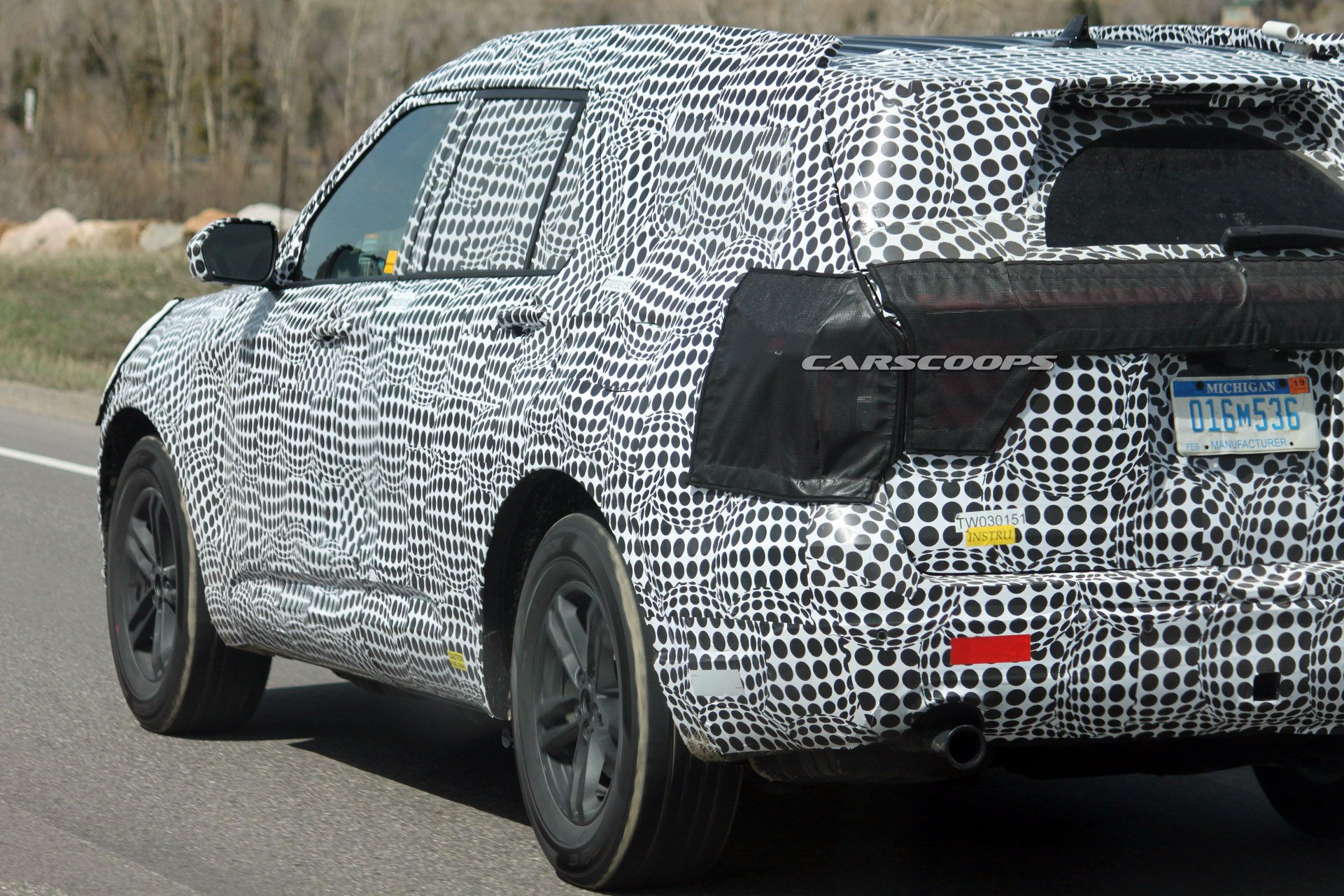School runs, dinosaurs and Firestone tires; yes, they’re some of the things that come to mind whenever Ford’s Explorer is mentioned in my vicinity. Fortunately, the household name we’ve come to know has become more civilized since its Jurassic Park and spontaneous rollover days.
Fast forward to 2018, and Ford’s iconic SUV is about to embark on the next chapter of its colorful story; a full redesign with all-new, rear drive-biased underpinnings, so let’s take an illustrative preview of the next generation model.
Familiar Lines
With the Explorer being a strong seller, Ford is taking no chances with the design this time round. In fact, on first appearance, you’d swear it’s just a major facelift, but it isn’t.
The upcoming SUV has a sleeker silhouette, similar to its stablemate, the Lincoln Aviator. Familiarities don’t end there either, as frontal styling is mixture of Ford Edge and (if you can remember) the Explorer America concept from 2008.
Also Read: Ford Future Product Guide, See What’s Coming 2018-2020
LED Headlights sit horizontally, with the grille cascading from beneath. Lower bumper features Range Rover-style intakes and chunky lower cladding. Whilst the side profile is highlighted by fluidic c-channel sculpting, floating roof, slimmer window frames and rakish rear quarter window.
New Platform With Rear-Drive Layout
One of the headlining changes for 2020 is the switch to Ford’s CD6 rear-drive architecture with a longitudinally mounted engine. Shared with the upcoming Lincoln Aviator and even (in a different form), the next generation Mustang, the platform will grow in size, offering better looks to the SUV thanks to a longer dash-to-axle ratio. Naturally, it will have the potential to support both rear and all-wheel drive applications.
This in turn, should make the next Explorer a much safer and engaging drive compared to the D4-based current car.
Potent Power
Thanks to a recent leak detailing which powertrains the 2020 Explorer Police Interceptor will utilize, we have a better understanding about what will be offered to the general public too.
Engine options will include a 2.3-litre turbo four, 3.3-litre V6, 3.3-litre V6 hybrid and an Ecoboost 3.0-litre V6, paired with a new 10-speed automatic transmission. The turbocharged 3.0-litre is tipped to appear in an Explorer ST variant, pumping out 400 hp (298 kW) and 400 lb-ft (542 Nm) of torque.
The hybrid 3.3-litre V6 will feature high performance regenerative braking, with a lithium-ion battery pack that doesn’t intrude into the rear cargo area.
Technology
Ford’s CoPilot360 driver assist system will be standard on all variants, with features that include telematics, pre-collision assist with pedestrian detection, bind spot monitoring, lane-keeping aid and heads up display with traffic sign recognition.
Also as standard, will be Ford’s Sync 3 infotainment system. It will incorporate a large tablet-style display, 4G LTE & wifi capability, Android Auto and Apple CarPlay, plus wireless charging.
SUV Rivals & Launch Timing
The new Explorer will battle it out against some formidable competition like Jeep’s Grand Cherokee, Dodge Durango, the General Motors trio of Buick Enclave/GMC Acadia/Chevy Traverse, Honda Pilot, Mazda CX-9, Toyota Highlander and Subaru’s hot-selling Ascent.
It’s tipped that the 2020 Explorer may debut the L.A. Auto show in November this year, with sales starting early 2019.




